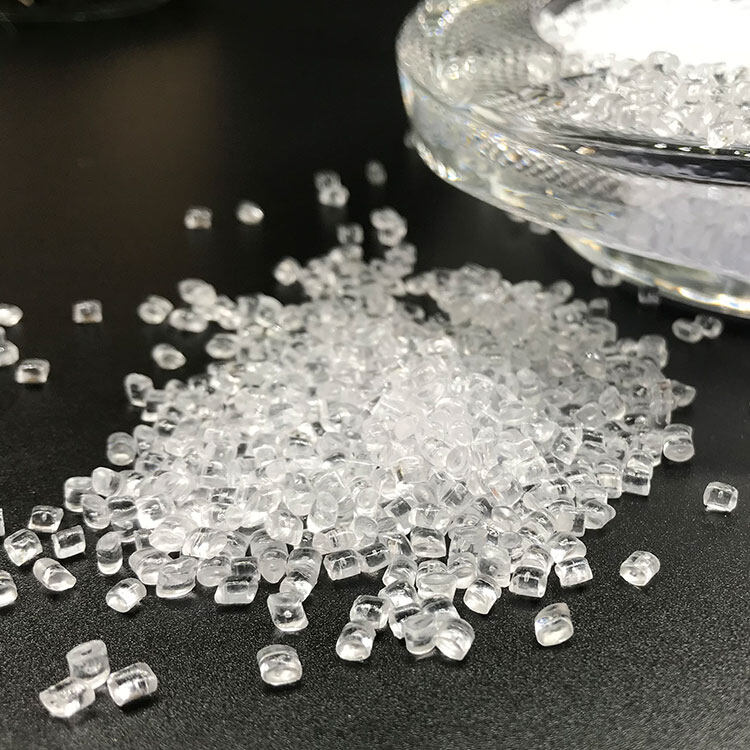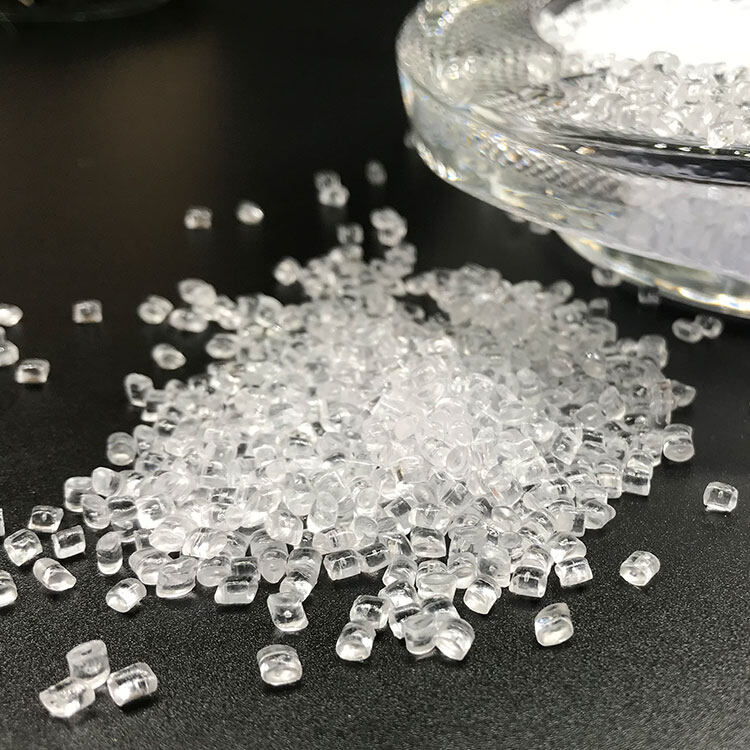Erreur de format d'e-mail
emailCannotEmpty
emailDoesExist
pwdLetterLimtTip
inconsistentPwd
pwdLetterLimtTip
inconsistentPwd

Offer Technical Support and Customized Solutions
The company is committed to creating new and improved plastic materials to meet the evolving demands of the market.

Greenhouse Plastic vs. Polycarbonate: A Comprehensive Comparison II
10. Environmental Considerations
Greenhouse Plastic:
Greenhouse plastic is less environmentally friendly due to its shorter lifespan and need for replacement, leading to more waste.
Polycarbonate:
Polycarbonate is more sustainable due to its durability and longevity, generating less waste over time.
11. Pest and Disease Resistance
Greenhouse Plastic:
Greenhouse plastic may be more susceptible to pests and diseases infiltrating the greenhouse due to its flexible nature.
Polycarbonate:
Polycarbonate's rigid structure provides better resistance against pests and diseases.
12. Winter Insulation
Greenhouse Plastic:
Greenhouse plastic may require additional insulation in cold winters to maintain adequate temperatures for plant growth.
Polycarbonate:
Polycarbonate's excellent insulation properties make it a better choice for winter conditions.
13. UV Resistance
Greenhouse Plastic:
The UV resistance of greenhouse plastic decreases over time, leading to reduced durability.
Polycarbonate:
Polycarbonate panels are highly UV-resistant, ensuring long-lasting performance.
14. Long-Term Light Transmission
Greenhouse Plastic:
Greenhouse plastic may experience reduced light transmission over time, affecting plant growth.
Polycarbonate:
Polycarbonate maintains consistent light transmission, supporting healthy plant growth.
15. Installation Difficulty
Greenhouse Plastic:
Greenhouse plastic is relatively easy to install due to its flexibility.
Polycarbonate:
Installing polycarbonate panels may require more precision and expertise.
16. Temperature Control
Greenhouse Plastic:
Greenhouse plastic provides decent temperature control, but this can decline as it ages.
Polycarbonate:
Polycarbonate panels offer excellent temperature control throughout their lifespan.
17. Ease of Cleaning and Maintenance
Greenhouse Plastic:
Greenhouse plastic is easy to clean but may require more frequent maintenance.
Polycarbonate:
Polycarbonate requires minimal maintenance and is easy to clean.
18. Sustainability and Recyclability
Greenhouse Plastic:
Greenhouse plastic is less sustainable and less recyclable due to its shorter lifespan.
Polycarbonate:
Polycarbonate is more sustainable and can be recycled, reducing its environmental impact.
19. Size and Shape Limitations
Greenhouse Plastic:
Greenhouse plastic can cover various sizes and shapes but may require additional support for larger structures.
Polycarbonate:
Polycarbonate panels are versatile and suitable for different sizes and shapes without requiring additional support.
20. Performance in Different Climates
Greenhouse Plastic:
Greenhouse plastic is suitable for moderate climates but may not perform well in extreme conditions.
Polycarbonate:
Polycarbonate is a versatile material suitable for a wide range of climates, including extreme temperatures.
Conclusion
In conclusion, the choice between greenhouse plastic and polycarbonate for your greenhouse covering depends on your specific needs, budget, and environmental considerations. While greenhouse plastic may be more cost-effective upfront, polycarbonate offers better long-term value, durability, and performance, especially in challenging climates. Consider the factors discussed above to make an informed decision that aligns with your greenhouse goals and priorities. Whether you prioritise longevity, insulation, or sustainability, the choice between these two materials will have a significant impact on your greenhouse's success.

